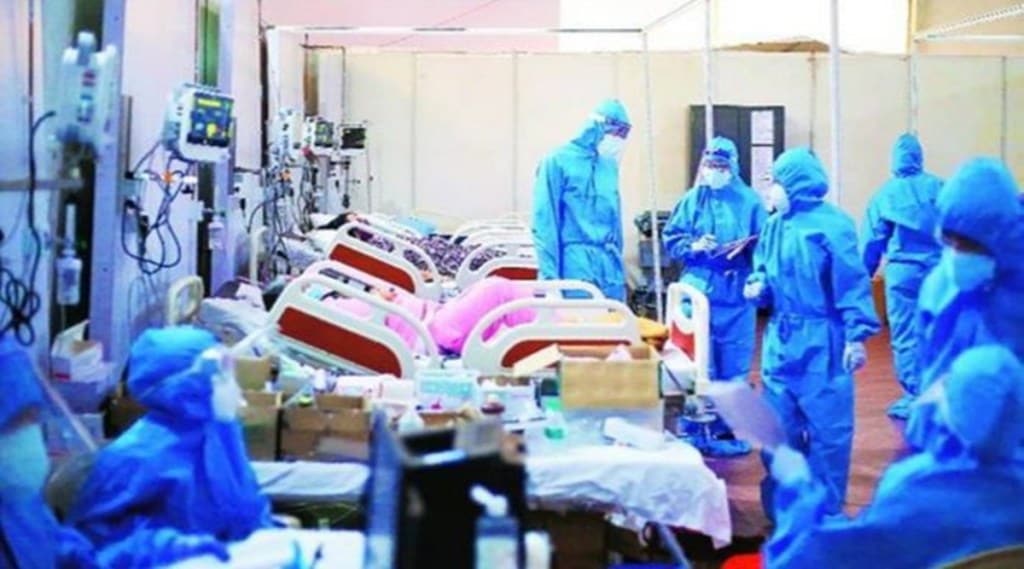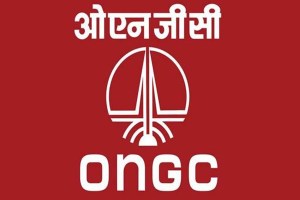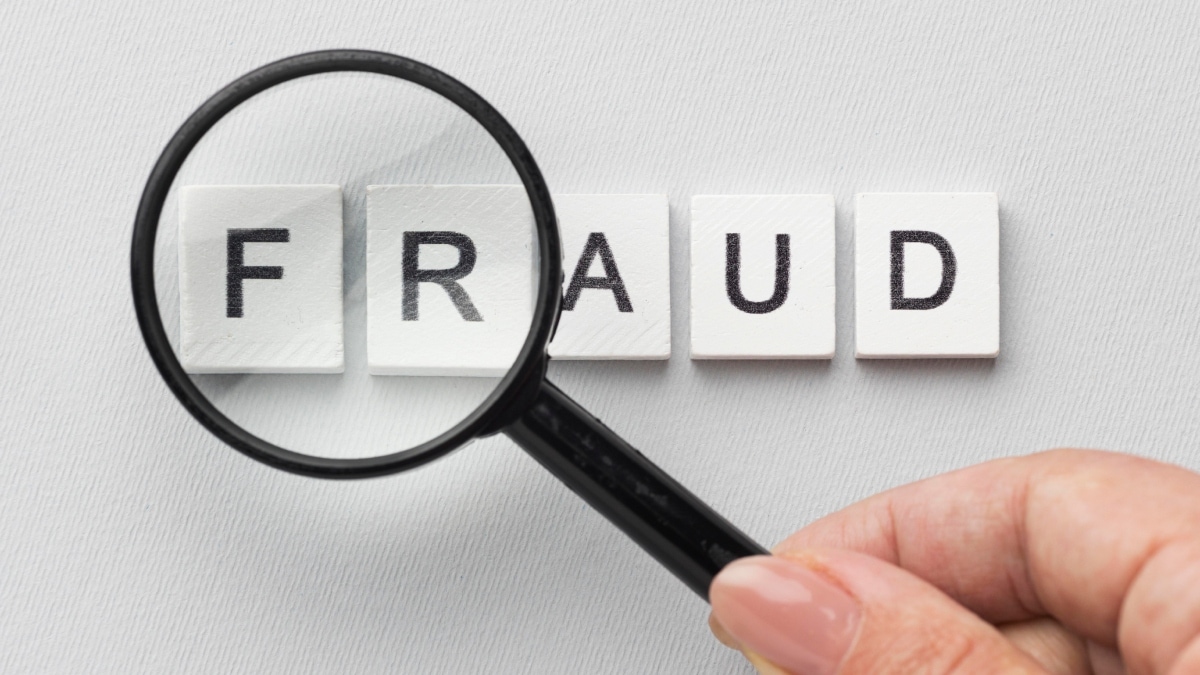By Dr. Shaloo Varma
The very rapid and highly dispersed spread of COVID19 compelled WHO to label it as a public health emergency of international concern (PHEIC) and later raise it to a pandemic. This was because within six months of the first case having been reported, the disease had spread to over 200 countries. Strategies to treat and manage COVID19 patients were largely based on experience of managing similar epidemics, expert opinions or anecdotal evidence of having treated similar outbreaks of the past.
It is in line with the guidelines provided and updated by WHO for containment that the Ministry of Health and Family Welfare, Government of India, in conjunction with the Indian Council for Medical Research laid out advisories. The Government of India announced a three-week nationwide lockdown, social distancing norms, protocols for continuous use of masks, etc.
Thus, COVID19 had not just been a public health emergency but also gravely impacted global medical and economic activities. Not only were medical services severely stretched but the global economic slow-down had adversely impacted economies.
The initial challenges to Healthcare delivery
The challenges for the healthcare providers were three fold. One, to continue to address the ever rising COVID 19 infections and associated healthcare demands, yet maintain essential services. The second significant challenge was to address the concerns of those seeking healthcare services, but the third and equally critical challenge was to to minimize infection rates and address occupational health issues among the treating-teams; from doctors, nurses and paramedical staff to associated personnel including receptionists and housekeeping and pharmacy staff. The guidelines and classification of essential and non-essential medical service were being continuously evaluated to reduce morbidity and mortality from other health conditions.
Among other disruptions to the economy, the sudden and global impact of COVID19 has had a far reaching impact on healthcare services. From manufacturing, supply, procurement of raw material including critical APIs, to transport and delivery, its impact was visible all around.
In such challenging times, the need was to deliver optimal clinical and medical outcomes yet optimize the use of all resources including medical supplies, consumables, pharmaceuticals and disposables.
Maintaining curative and preventive services
According to WHO’s Pulse Survey,‘A wide range of services were (are) affected, including essential services for communicable diseases, non-communicable diseases, mental health, reproductive, maternal, new-born, child and adolescent health, and nutrition services”. This finding reflects the reality in India too. On the one hand was the need to be at the hospital twice or thrice a week to seek treatment and on the other hand were the twin challenges of obtaining the pass and arranging transport to and from the hospital.
Hospitals in India changed their physical-layout, re-arranged departments, segregated COVID and non-COVID care and overhauled service delivery, and upgraded their existing IT infrastructure to meet the increasing demand for tele-health and tele-consultation services. Both central and state governments worked in tandem round the clock and bolstered their healthcare infrastructure to manage COVID patients and going forward, this healthcare infrastructure will be used for other healthcare requirements.
When corporates were compelled to extend the work from home, suddenly a new challenge, mental health came up. Hitherto, confined to a few and not discussed much, mental health assumed center-stage. Additional provisions had to be made to address this negative but significant new development. Couples and corporate alike started to seek help.
Telehealth services came much in demand and have changed the way Indians seek health or order their medicines. Newer health and wellness apps have come up, new service delivery models have gained prominence. Medical and surgical-service providers now assist the patient all-along their surgery journey; from pre-surgery consultation to post surgery follow-up and providing financing support and support for processing their insurance claims.
Engaging with the society and allaying fears
COVID19 related morbidity and mortality had not spared any family. This had a great psychological effect on friends and families. Those who had lost a family member were distraught but the others too had started to get sucked into a vortex of negative thought, anxiety and apprehension.
Elective surgeries, planned procedures and critical medical interventions were indeed getting postponed due to fears of the effects of COVID. However, responsive medical service providers re-configured their services. The staff were given vaccinations at the earliest possible dates, and were also re-trained to manage COVID and non-COIVD patients. The service delivery layout and protocols were re-assessed to reflect the latest challenges, entry-exit protocols redefined and restrictions on accompanying persons were enforced. Use of advanced information technology as the backbone gave these forward looking providers an edge and enhanced satisfaction.
Preventive health and healthy habits
Mass-vaccination was the first genuine communication between the government and the population. Despite naysayers, the delivery and adoption of the vaccinations has been mission mode. This one act has played a major role in allaying fears and also in enhancing awareness about our responsibilities and empathy towards our fellow citizens.
COVID19 has altered the healthcare landscape beyond recognition. From health insurance premium to accessing preventive health diagnostics all have shown an upswing. The wellness and tracking apps, and AI and ML powered healthy eating suggestions are all around us. Internet of things (IOT) devices are forced and are now an integral part of every household.
As the world limps back to normalcy, it is the right time for us to collectively make a solemn promise. To ourselves and to the world around us, we must promise that the positive changes that we have brought about in our lives are now permanent. COVID tested our resilience and we should be proud of the fact the India, despite having fewer healthcare facilities per capita, compared to the western nations, has administered more than 1.7 billion doses. This gives us hope that going forward, we are going to get better in preventive healthcare management. Prevention after all is better than cure.
(The author is Senior Vice President, Medical Directorate, Pristyn Care. Views expressed are personal and do not reflect the official position or policy of the Financial Express Online.)








